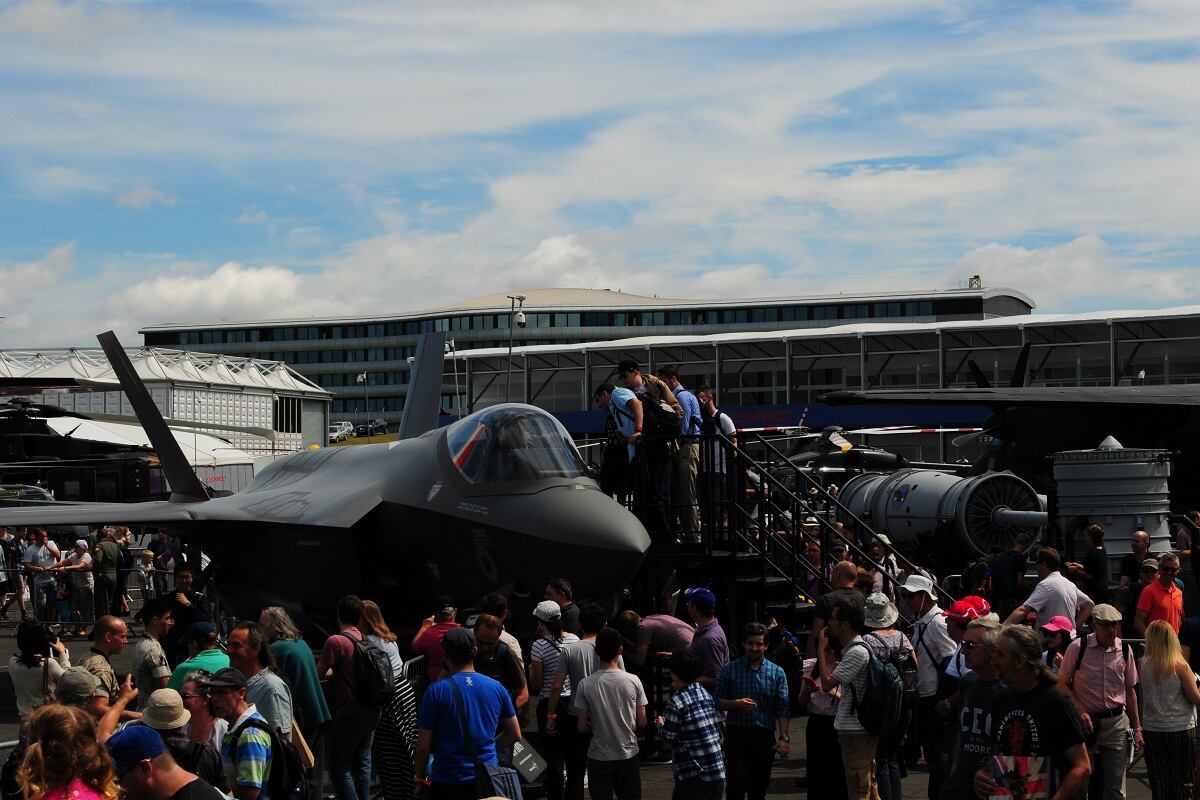WASHINGTON — Combined weapon sales from American companies for fiscal 2018 were up 13 percent over fiscal 2017 figures, netting American firms $192.3 billion, according to new numbers released Thursday by the State Department.
The department previously announced that FY18 brought in $55.66 billion in foreign military sales, an uptick of 33 percent over FY17’s $41.93 billion. Through the Foreign Military Sales process, the U.S. government serves as a go-between for foreign partners and American industry.
What had not been released until now is the total direct commercial sales, the process through which foreign customers can directly buy systems from industry. Those figures topped $136.6 billion for FY18, a 6.6 percent increase from FY17’s $128.1 billion.
The Trump administration has made selling American defense goods abroad a key plank of its governance plan, under the guiding principal that “economic security is national security.” Earlier this year, the department rolled out its new Conventional Arms Transfer policy, or CAT, as well as new guidance for selling unmanned systems, with the explicit goal of increasing arms sales.
RELATED

However, tying this year’s figures to the CAT changes may be a stretch. Sales can fluctuate year by year because of the size of certain weapons packages; a pair of large Saudi Arabian purchases in 2012 famously set that year up for a massive $287 billion annual total.
And there has already been steady growth each of the last three years, even before the Trump administration’s reforms kicked in, with $148.6 billion in total sales in FY16; $170 billion in FY17; and $192.2 billion in FY18.
A State Department official, speaking on background ahead of the official release of these figures, acknowledged to Defense News that these figures can’t be tied directly to changes in policy, noting they represent a “dynamic picture” and that the department is aware there are some factors “we do not control.”
Still, the official expressed confidence that as the CAT policy is enacted, it will lead to a natural growth in sales. How much, however, is hard to nail down.
“I don’t want to speculate on a particular goal that we’re looking at” for FY19, the official said. “We think a 13 percent increase is a significant increase year over year. We’d like to maintain that pace, but there are other factors that go into a given set of annual numbers, so I’m hesitant to give a target goal.”
Thanks to both the CAT changes and export reform efforts beginning under the Obama administration, there are more options for countries to use direct commercial sales, or DCS, for their procurements.
Asked if that meant DCS might grow as FMS cases drop, the official said that is “one dynamic” under review, but noted that “as certain systems start going through DCS, you’ll have new systems backfilling the FMS queue.”
“Things may transfer more on DCS direction, but new systems, new capabilities, will be preferred to be kept in the FMS channel,” the official added.
Aaron Mehta was deputy editor and senior Pentagon correspondent for Defense News, covering policy, strategy and acquisition at the highest levels of the Defense Department and its international partners.








